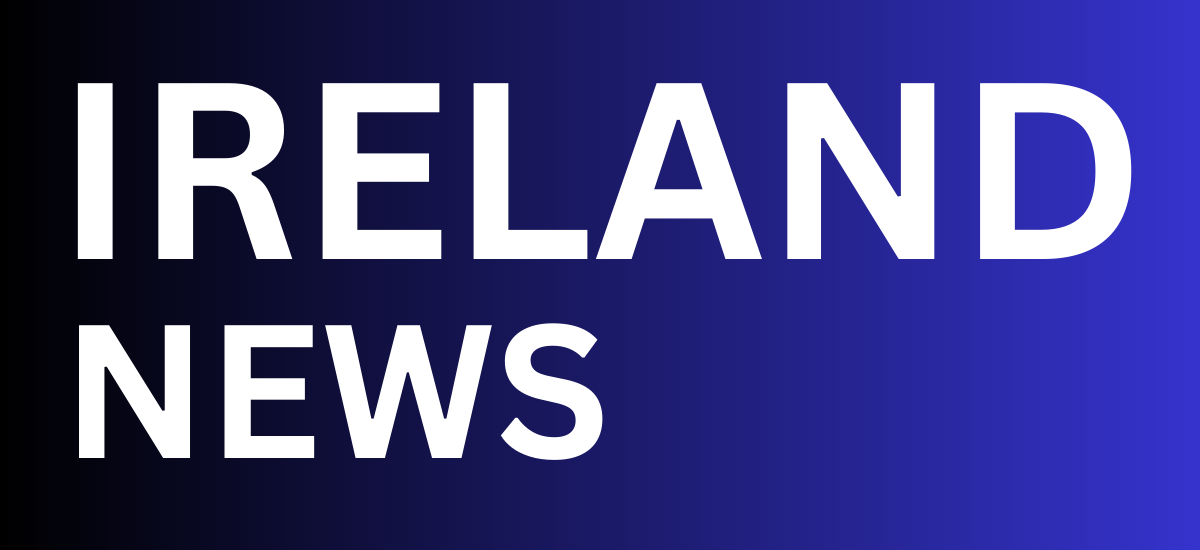With the launch of its new PG-13 system for teens, Instagram is, for the first time on this scale, acknowledging the inherent risks of its platform for younger users. The move from Meta represents a cautious but significant step forward in corporate responsibility.
For years, critics have argued that social media platforms were designed with adult users in mind and that minors were being exposed to a digital environment that was not built for them. The introduction of a separate, more restrictive default experience for teens is a tacit admission of this critique.
The “13+” setting, which filters out more mature themes, is a recognition that the standard Instagram feed can contain content that is harmful to adolescent development. The requirement for parental consent to opt out further acknowledges that teens may not always make the safest choices for themselves.
While the move is being met with skepticism by some, it marks a departure from the company’s previous stance, which often placed the onus of safety entirely on users and their optional controls. This new system embeds a level of platform-level responsibility directly into the product.
This cautious step forward will need to be followed by many others, including transparency and independent verification. However, the initial act of creating a different, safer default for teens is a foundational move that acknowledges the unique vulnerabilities of this user group.
1.2
C
Ireland
Wednesday, November 19, 2025
Latest news

